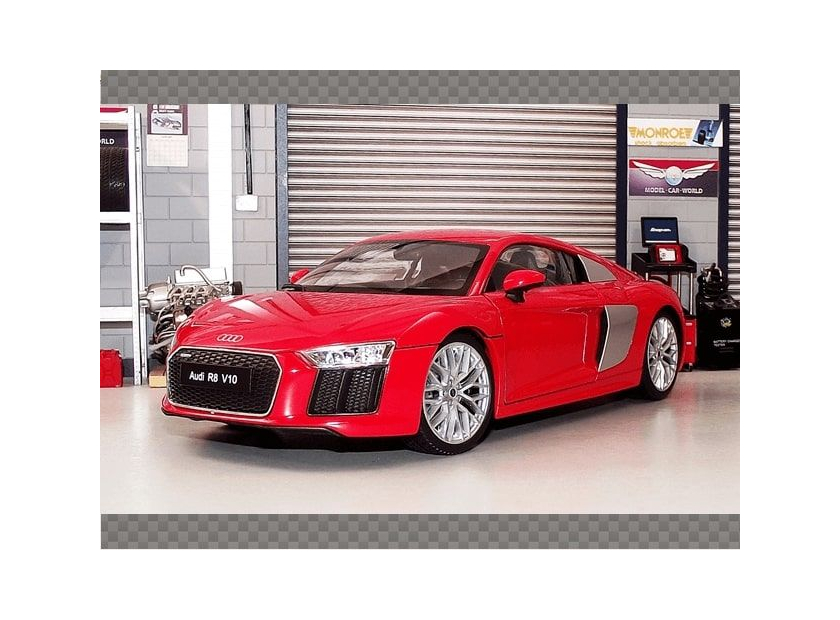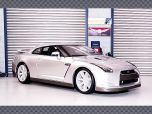Understanding the Difference Between Diecast and Resin Model Cars
Introduction
The world of model cars is vast and diverse, with a multitude of different types, styles, and materials to choose from. Among the most popular materials used in creating these miniature masterpieces are diecast and resin. But what exactly are diecast model cars? How do they differ from resin models? Let's delve into these questions to better understand the unique characteristics of each type.
What Are Diecast Model Cars?
Diecast model cars are miniature replicas made primarily from metal, typically zinc alloy (also known as Zamak), with plastic, rubber, or glass details. The term "diecast" refers to the manufacturing process used to create these models. Molten metal is poured or forced into a mold (or "die") under high pressure. Once the metal cools and solidifies, it takes on the shape of the mold.
Diecast models have been popular since their inception in the early 20th century due to their durability and detailed designs. They come in various scales, with 1:64 (the size of a typical Hot Wheels car) being one of the most common.
The Advantages of Diecast Model Cars
Diecast model cars offer several advantages over other types of model cars. First and foremost is their durability. Because they're made primarily from metal, diecast models can withstand rough handling better than their plastic counterparts.
Another advantage is their weight. The heftiness of diecast models gives them a realistic feel that many collectors appreciate. Additionally, because diecasting allows for high levels of detail in the molding process, diecast models often feature intricate designs that closely mimic those of real vehicles.
Understanding Resin Model Cars
Resin model cars are another popular choice among collectors. Unlike diecast models which are made using molds under high pressure, resin models are created by pouring liquid resin into silicone molds at low pressure. Once the resin hardens, it forms a lightweight, highly detailed model.
Resin is a type of plastic that can be easily manipulated and shaped, making it an ideal material for creating complex and unique car models. It's also more flexible than diecast metal, allowing for finer details and more intricate designs.
The Advantages of Resin Model Cars
Resin model cars have their own set of advantages. One of the most significant is the level of detail they can achieve. Because resin is a softer material than diecast metal, it can capture minute details that might be lost in the diecasting process.
Another advantage is their lightness. Resin models are much lighter than diecast models, which can make them easier to handle and display. Additionally, because resin molds are less expensive to produce than diecast molds, resin models often come in a wider variety of styles and designs.
Diecast vs Resin: Which Is Right For You?
The choice between diecast and resin model cars ultimately comes down to personal preference. If you value durability and a realistic feel, you might prefer diecast models. On the other hand, if you prioritize intricate detail and variety in design, resin models might be more your style.
It's also worth noting that while diecast models are generally more affordable than resin ones due to the cost-effective nature of the diecasting process, there are high-end versions available in both materials for serious collectors.
Conclusion
Whether you're new to collecting or have been at it for years, understanding the difference between diecast and resin model cars can help you make informed decisions about which types to add to your collection. Both offer unique advantages and appeal to different types of collectors. By considering your personal preferences and what you value most in a model car – be it durability, detail level or weight – you'll be able to find the perfect addition to your collection.




